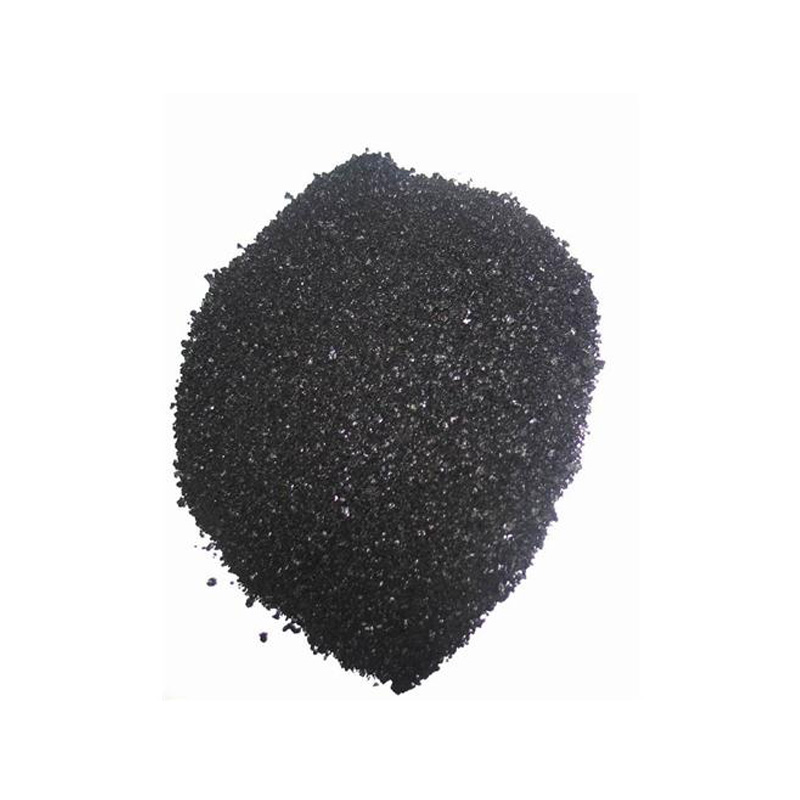Natural Indigo Dye Suppliers for Fabric Exporting and Sustainable Textile Solutions
The Rise of Natural Indigo Dye for Fabric Export
In recent years, there has been a significant resurgence in the popularity of natural indigo dye, especially among fabric exporters seeking sustainable and eco-friendly alternatives to synthetic dyes. Natural indigo, derived from the leaves of the Indigofera plant, has been used for centuries in various cultures around the world. Its rich history, vibrant color, and environmentally friendly profile make it an increasingly desirable choice for textile manufacturers and consumers alike.
Historical Significance
Indigo dye has a long and storied history, dating back over 6,000 years. It was used in ancient Egypt, India, and China, and it became a major trade commodity in Europe during the Middle Ages. The vibrant blue produced by natural indigo has made it a staple in various clothing items, particularly denim. However, with the advent of synthetic dyes in the 19th century, the use of natural indigo began to decline as cheaper alternatives flooded the market. Today, the pendulum is swinging back as brands and consumers become more aware of the environmental impact of synthetic dyes and the benefits of natural alternatives.
Environmental Benefits
One of the primary reasons behind the renewed interest in natural indigo dye is its eco-friendly nature. Unlike synthetic dyes, which often involve toxic chemicals and produce harmful waste, natural indigo is biodegradable and derived from renewable resources. The process of extracting dye from the Indigofera plant is less harmful to the environment when properly managed, making it a better option for sustainable fabric production.
Moreover, indigo dyeing processes contribute less to water pollution compared to standard dyeing methods. Synthetic dye production is often water-intensive and can lead to severe contamination issues in local water bodies. In contrast, several traditional indigo dyeing techniques involve closed-loop systems, enabling the recycling of water and reducing overall waste.
Economic Opportunities
natural indigo dye for fabric exporter

For fabric exporters, the shift towards natural indigo presents significant economic opportunities. As consumer demand for sustainable and ethically produced goods grows, exporters who can offer products dyed with natural indigo can set themselves apart in a crowded marketplace. This is particularly relevant for brands that cater to environmentally conscious consumers who are willing to invest in premium products.
Additionally, the cultivation and processing of indigo can provide income for farmers and artisans in developing regions. By investing in natural indigo, fabric exporters not only contribute to sustainable practices but also support local economies and traditional crafting communities.
Challenges Ahead
Despite its many advantages, the path toward the widespread adoption of natural indigo is not without challenges. One primary concern is the consistent availability and quality of natural indigo. Cultivating the Indigofera plant requires specific conditions and time, which can limit supply compared to the mass-produced synthetic alternatives.
Furthermore, educating consumers about the benefits of natural dyes, as well as the importance of supporting sustainable practices, is essential for driving demand. Overcoming preconceived notions about the durability and cost of naturally dyed fabrics is crucial in ensuring that natural indigo can compete effectively in the global market.
Conclusion
The fabric export industry stands on the precipice of change with the resurgence of natural indigo dye. As the world moves towards sustainable solutions, embracing natural dyes can lead to environmentally friendly practices, economic opportunities for communities, and a more sustainable future for the textile industry. By promoting the beauty and virtue of natural indigo, fabric exporters can not only enhance their product offerings but also contribute positively to the environment and society as a whole. The potential of natural indigo is vast, and its return to the forefront of fabric dyeing is not just a trend—it's a movement towards a more sustainable future.
-
The Timeless Art of Denim Indigo Dye
NewsJul.01,2025
-
The Rise of Sulfur Dyed Denim
NewsJul.01,2025
-
The Rich Revival of the Best Indigo Dye
NewsJul.01,2025
-
The Enduring Strength of Sulphur Black
NewsJul.01,2025
-
The Ancient Art of Chinese Indigo Dye
NewsJul.01,2025
-
Industry Power of Indigo
NewsJul.01,2025
-
Black Sulfur is Leading the Next Wave
NewsJul.01,2025

Sulphur Black
1.Name: sulphur black; Sulfur Black; Sulphur Black 1;
2.Structure formula:
3.Molecule formula: C6H4N2O5
4.CAS No.: 1326-82-5
5.HS code: 32041911
6.Product specification:Appearance:black phosphorus flakes; black liquid

Bromo Indigo; Vat Bromo-Indigo; C.I.Vat Blue 5
1.Name: Bromo indigo; Vat bromo-indigo; C.I.Vat blue 5;
2.Structure formula:
3.Molecule formula: C16H6Br4N2O2
4.CAS No.: 2475-31-2
5.HS code: 3204151000 6.Major usage and instruction: Be mainly used to dye cotton fabrics.

Indigo Blue Vat Blue
1.Name: indigo blue,vat blue 1,
2.Structure formula:
3.Molecule formula: C16H10N2O2
4.. CAS No.: 482-89-3
5.Molecule weight: 262.62
6.HS code: 3204151000
7.Major usage and instruction: Be mainly used to dye cotton fabrics.

